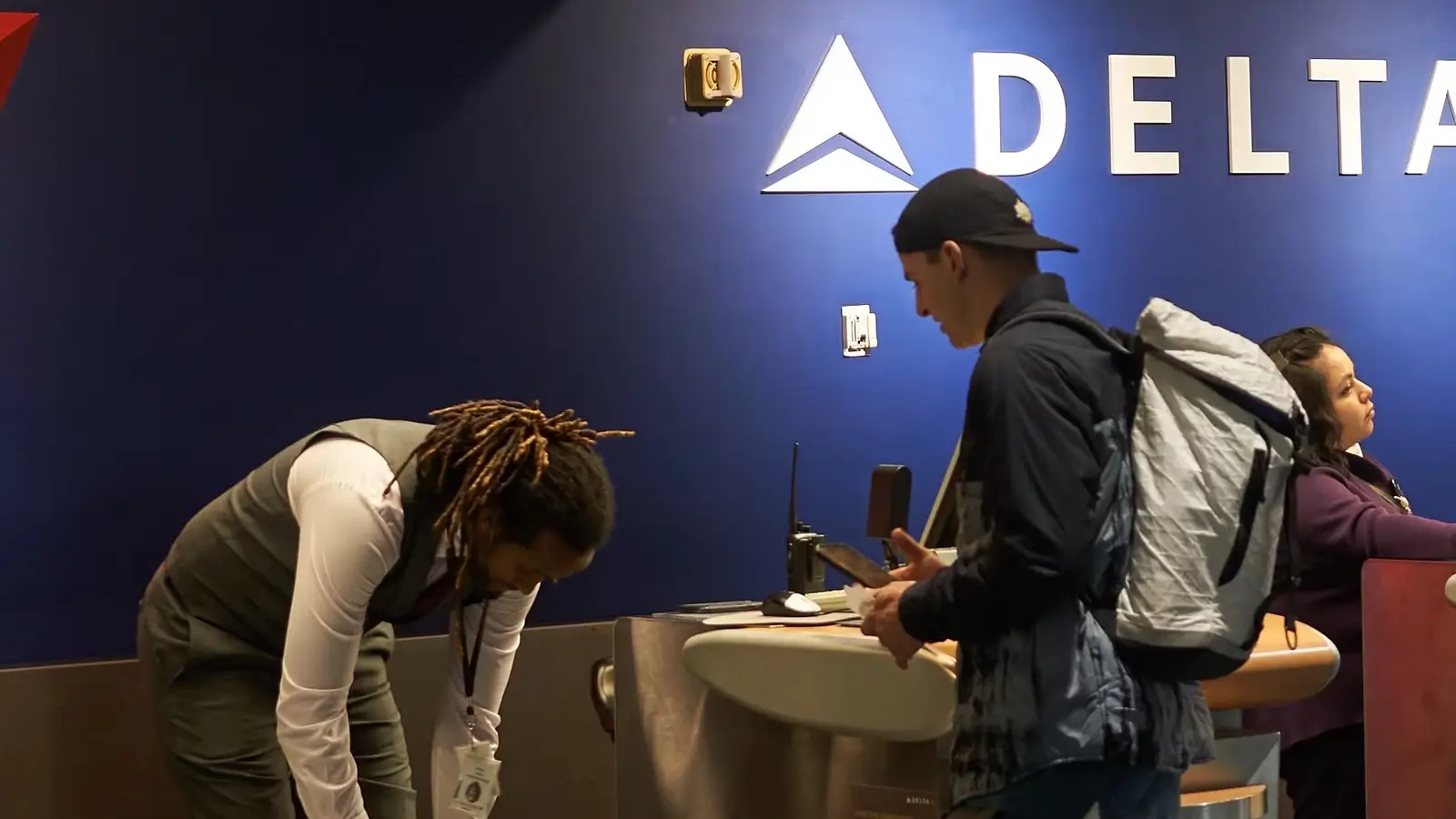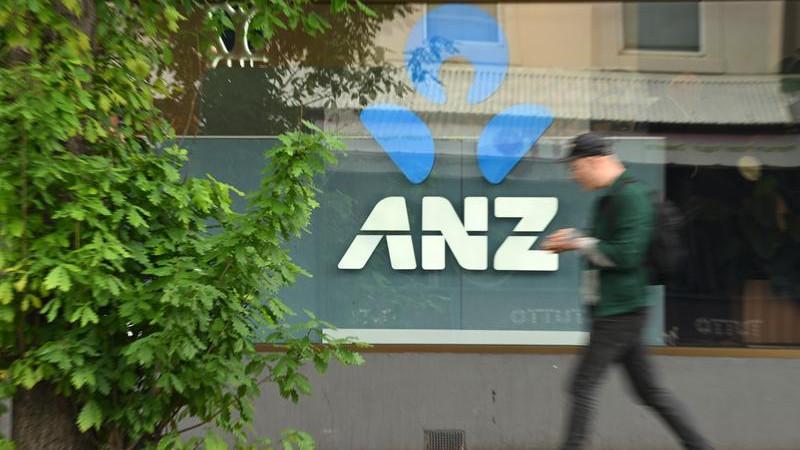Copyright Simple Flying

On the morning of Monday, October 20, a widespread Amazon Web Services (AWS) outage disrupted hundreds of sites and apps worldwide, including those used by airlines, banks, social media platforms and many of Amazon's own services. This incident originated in AWS's US-East-1 region, which encompasses most of the Northeastern United States. Amazon traced the core issue at hand to internal problems affecting EC2 network and load-balancer functions, with most services at least partially restored by midday Eastern Time. Airlines also reported website and check-in glitches, with apps like Fortnite, Snapchat, and Duolingo, in addition to a number of financial platforms, seeing significant downtime. This episode highlighted the internet's dependence on just a handful of cloud providers, and it has resulted in new calls for resilience and overall diversification. Amazon said there was no sign of malicious activity, and it directed users to its status page for the latest updates on recovery efforts. What Were The Specific Impacts On Passenger Airlines? Passenger airlines were the victims of digital front door jams. Delta Air Lines and United Airlines customers reported that they were unable to pull up reservations, check-in online or generate mobile boarding passes. Others even reported struggling with bag drops. Airline websites as well as apps for Delta, United, and, for a brief period earlier today, Southwest Airlines, experienced outages tied to the AWS East Coast issue. This forced airlines to lean on kiosks, manual check-in practices and emergency contact centers, according to reports published by CNBC. United Airlines referred to this as a temporary system glitch, while other airlines said that backup processes limited broader operational fallout coming from the event. For passengers, this sadly meant longer lines, slower airport processing and last-minute workarounds to obtain boarding passes, even as most flights actually continued to operate. As AWS's recovery progressed, airlines restored normal digital functions, but the episode underscored just how dependent check-in, reservations, and day-of-travel communications can be for shared cloud infrastructure. How Does This Compare To The Impacts That Earlier Technology Outages Have Had On Airlines? Compared to earlier technological meltdowns, this AWS incident primarily jammed airlines' digital front doors (mostly apps, check-in procedures and boarding passes) while not actually grounding the fleets broadly. Earlier outages directly froze flight operations, such as the Federal Aviation Administration's NOTAM failure in January 2023, which triggered the first nationwide ground stop since the terrorist attacks of September 11. This ultimately cascaded into thousands of delays and cancelations. The Southwest Airlines 2022 holiday collapse, which was driven by horribly managed crew scheduling systems, ultimately produced industry-leading mass cancellations over many days. The Delta Air Lines 2016 data-center power failure, which canceled over a thousand flights across multiple days, is another example of how a single-carrier IT issue can halt operations. United Airlines also briefly ordered a nationwide ground stop in September 2023 after a software update problem. In 2024, Delta Air Lines suffered around 7,000 cancellations and took a $500 million hit after the CrowdStrike Windows crash. In short, Amazon Web Services caused customer-facing friction and airport lines. Alaska Airlines even experienced something similar this summer. This is fairly tame by the standards of worst-case outages which have brought the industry grinding to a halt. What Is Our Bottom Line? At the end of the day, this incident highlighted the continued vulnerabilities of airline information technology systems. Granted, today's incident had a relatively marginal impact on overall operations, albeit a fairly negative one for individual passenger experiences. Something interesting to highlight is how this kind of incident occurred at the largest airlines, but many older carriers, which do not operate the most capable and advanced mobile applications, did not experience this kind of problem. As a result, legacy airline customers were actually more likely to be affected by this incident.



